Effets secondaires – Hypnotic Love (R2B1) Philippe Huart
- Dimensions : 58 × 41 × 35 cm
- Year : 2018
- Material : Resin
- Editions : Numbered from 66/130 to 130/130
- Signature : Signed on the plaque
- Mouvement : Hyperrealism Pop art
- Ton : Colorful
1 200.00€ inc. Vat
More informations
Side Effects, the edition of 130 of Galerie LOFT, cooperating with Philippe Huart tens years after his first realization of porcelain capsule, assembles two templates, which is made of colorful polyresin and assemblies of trio.
The first template (R3) — numbered from 1/130 to 65/130 — consists of three capsules in red and white.
The second one (R2B1) — numbered from 66/130 to 130/130 — is composed of two capsules in red and white and one in blue and white.
Hypnotic Love (R2B1)
For this “Tricolore” version of Effets Secondaires, Philippe Huart plays with the degrees of multiple perception of his work. These three capsules assemble together or place on top of each other, giving collectors the possibility to participate in the work’s final blocking. We usually find that Philippe Huart’s capsules are in white and red. Here, the third colour : powerful and hypnotic blue, similar to Yves Klein’s blue, creates a new dimension connecting with the degree of human retina’s visual perception, hence renews the sculpture’s depth.
Side Effects, Transmuting Object
In front of us, three capsules meet and join each other in an astonishing ballet. The smooth silky skin, glowing colours, curved forms … Enlarged and then reconstructed, this everyday object is projected in a new reality. The capsule was aestheticized and transformed by itself before our eyes.
The path here, it is the path of Philippe Huart, an artist of perception and illusion. The recurring theme of his work and unique experience reflecting the volume at the same time, the capsules become medias and pretexts.
At first, the capsules represent the medicine or life-saving element, remedy treating diseases from the mildest to the most serious. This positive dimension is suggested by its half-white, a symbol of purity and cleanliness, which protects us as well as reassure us.
As Janus, the capsule is twofold, possessing the other extreme, the other side of which the vivid and bright colour offers a new perspective.
Red is a colour of love, however we can easily fall into the other red, violent and bloody. Blue of space represents in the first instance the sky, the sea as well as the serenity, which can be overturned to a hypnotic blue, graping and isolating us.
Fascinated by the colours, we are therefore prepared to dive into the drift and to sink into the addictions that the capsules symbolize.
Side effect … the miracle developpes into an obsession. We need more and always more pills, especially when we lost our footing and when the reality is distorted. The more beautiful an object is, the more attractive it is ; the bigger it becomes, the more eyes it absorbs.
Since Duchamp the transformation of object is not rare anymore in art. This change here is multiple. The loss of an object’s practical value gives it cultural sense from now on. The oversize of this work, which reminds us of the giant reproductions of everyday objects by Claes Oldenburg, overturns our conception of space. As for the colours and brightness of its texture, we obviously think of the pop artists and of the subjugation of object at a time of surconsumption.
Beauty becomes the land of dependence. Possess, improve, envy… the aestheticism brings an extraordinary range of emotion and sensation to us, from the most fabulous to the least honourable. Aestheticism is the medium of imagination without limits and the intermedia of “side effects” that it causes through the crystallisation of desires and hopes that it arouses.
Being decontextualized, the capsule is not antidote anymore, but an ultimate sublimation of our contemporary addictions.
Philippe Huart was born in 1953 in Clamart (France). After studying at the Superior School of Modern Arts in Paris, he became an illustrator and graphic designer for literary and phonographic editions. In 1991 he decided to devote himself to painting and then participated in numerous exhibitions, individual or collective in France and abroad. He was inspired by the effects of advertising, marketing and consumption. His painting is based on the concept of "objective reality". Pictorial perception is above all "visual". It is linked to forms and rhythms. The works of Philippe Huart are not only everyday objects, but a "symbol". These symbols, trivialized by their accumulation and frequency within our environment, of which only the juxtaposition and the superposition of their enlarged fragments would allow us to perceive them from a new angle, both surprising and familiar.
Shop
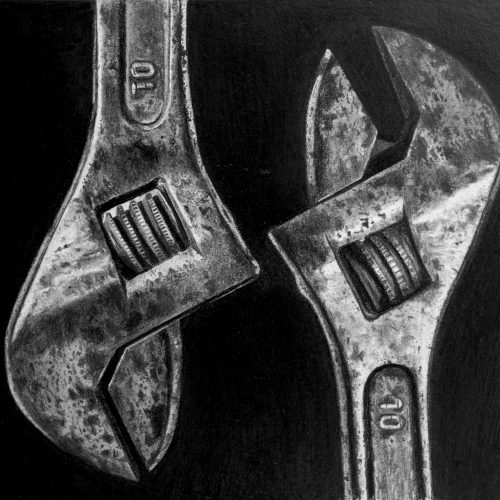 Outils 4Philippe Huart
Outils 4Philippe Huart
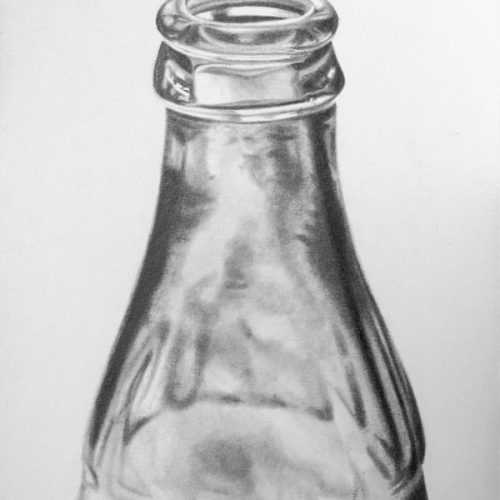 ©OPhilippe Huart
©OPhilippe Huart
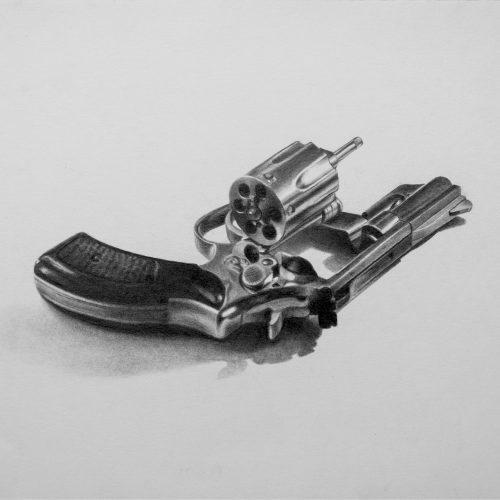 GunPhilippe Huart
GunPhilippe Huart
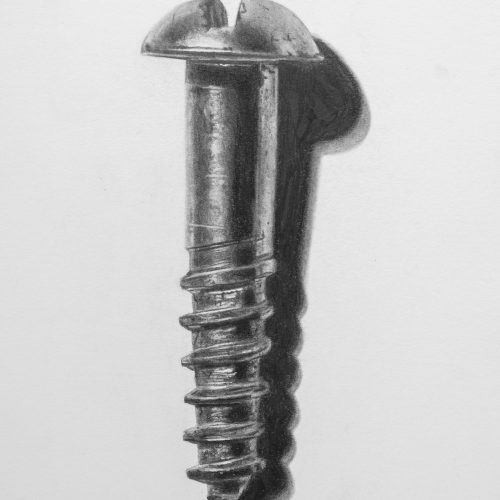 VisPhilippe Huart
VisPhilippe Huart
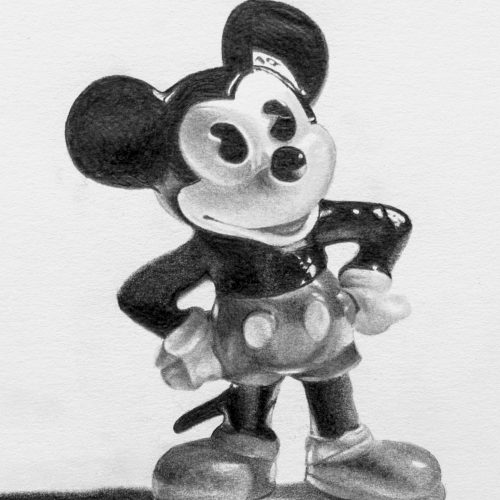 MousePhilippe Huart
MousePhilippe Huart
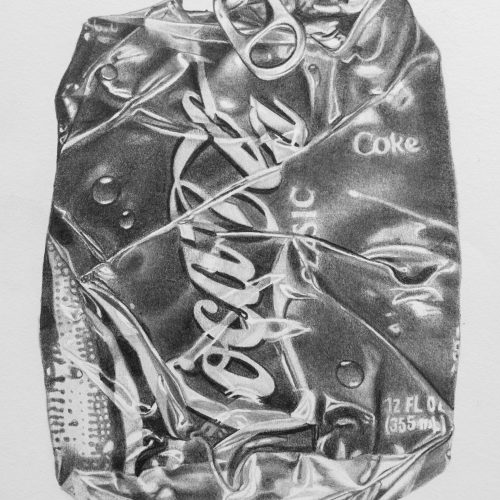 CrashcanPhilippe Huart
CrashcanPhilippe Huart
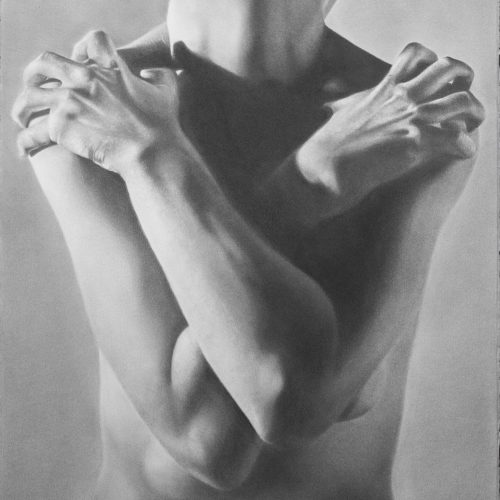 IntimitéPhilippe Huart
IntimitéPhilippe Huart
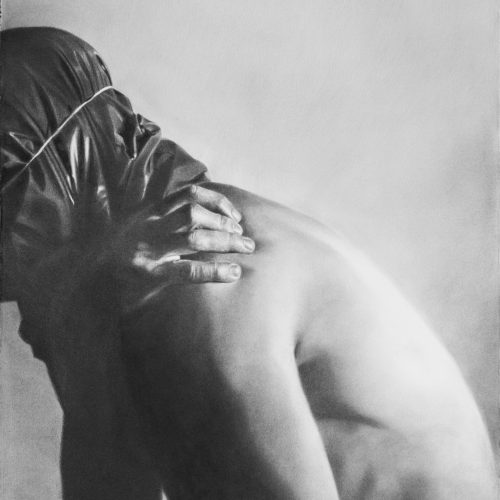 ExtimitéPhilippe Huart
ExtimitéPhilippe Huart
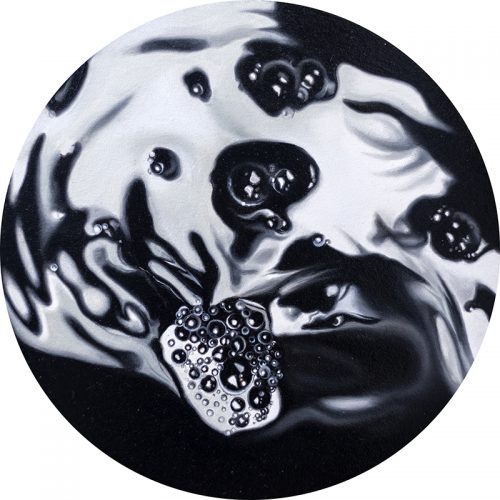 NOIR VERTIGE (Vortex 26)Philippe Huart
NOIR VERTIGE (Vortex 26)Philippe Huart
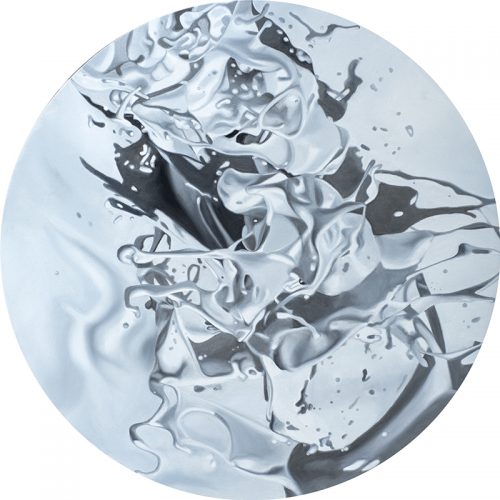 PEARL WHITE VERTIGE (VORTEX 34)Philippe Huart
PEARL WHITE VERTIGE (VORTEX 34)Philippe Huart
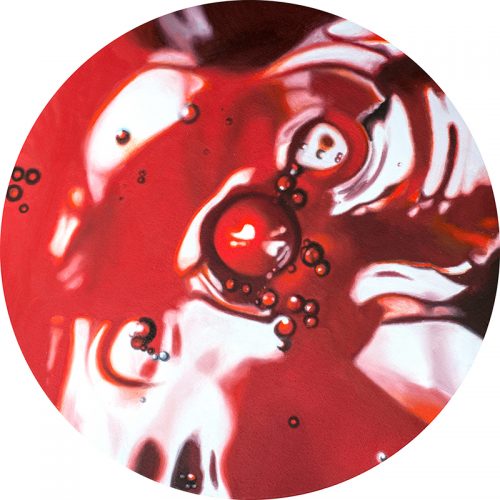 CADIUM ROUGE VERTIGEPhilippe Huart
CADIUM ROUGE VERTIGEPhilippe Huart
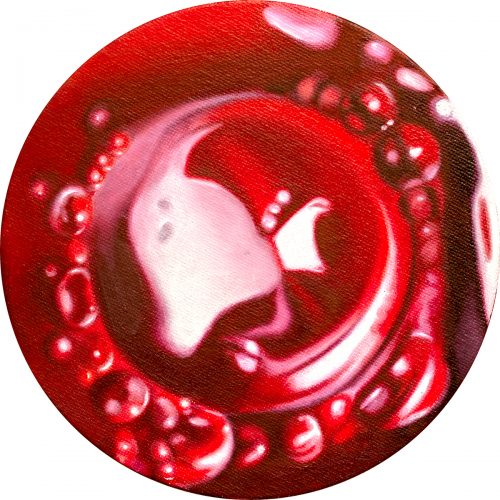 Rouge corail vertigePhilippe Huart
Rouge corail vertigePhilippe Huart
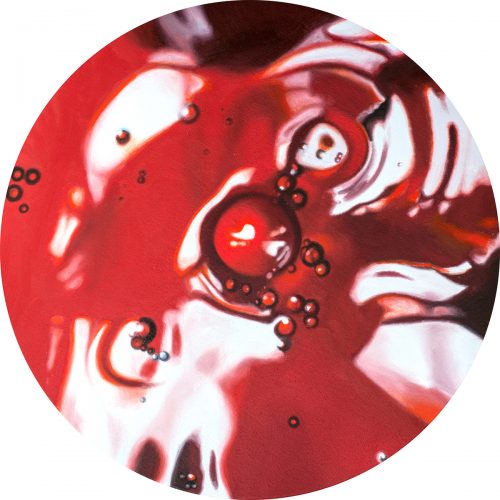 Cadium rouge vertigePhilippe Huart
Cadium rouge vertigePhilippe Huart
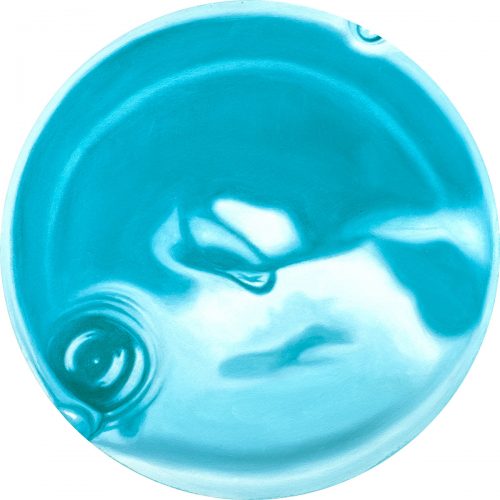 ROYAL BLEU VERTIGE (Vortex 20)Philippe Huart
ROYAL BLEU VERTIGE (Vortex 20)Philippe Huart
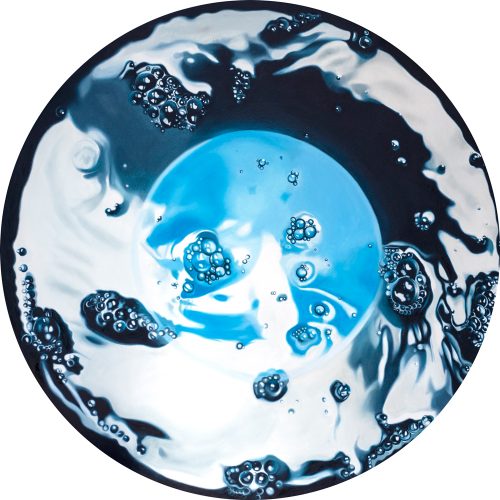 Bleu Vertige (Vortex 19)Philippe Huart
Bleu Vertige (Vortex 19)Philippe Huart
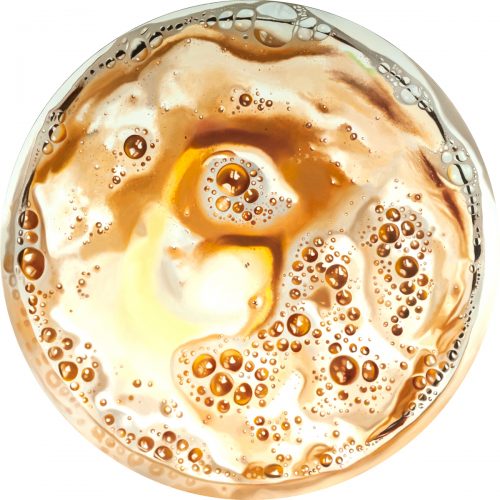 Golden Vertige (Vortex25)Philippe Huart
Golden Vertige (Vortex25)Philippe Huart
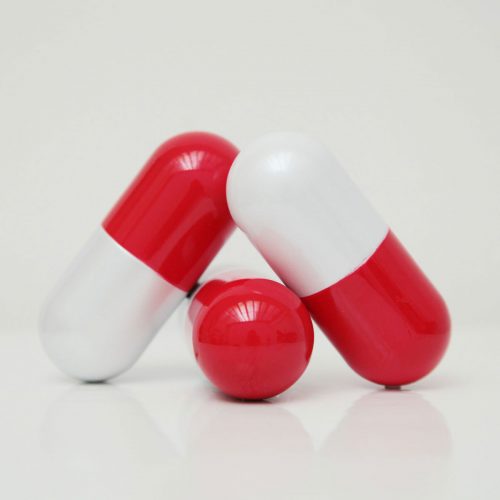 Effets secondaires • Passionate LovePhilippe Huart
Effets secondaires • Passionate LovePhilippe Huart
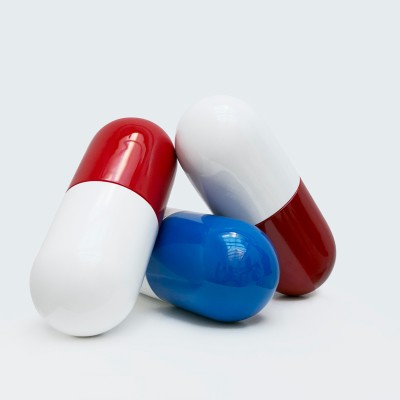 Effets secondaires – Hypnotic Love (R2B1)Philippe Huart
Effets secondaires – Hypnotic Love (R2B1)Philippe Huart
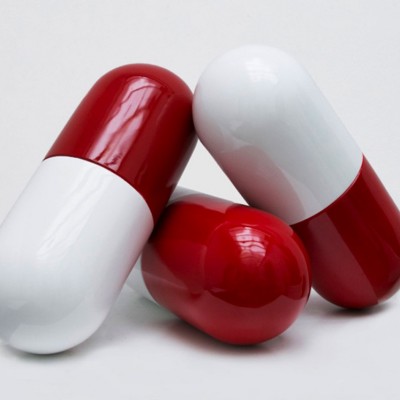 Effets secondaires – Passionate Love (R3)Philippe Huart
Effets secondaires – Passionate Love (R3)Philippe Huart
The same artist
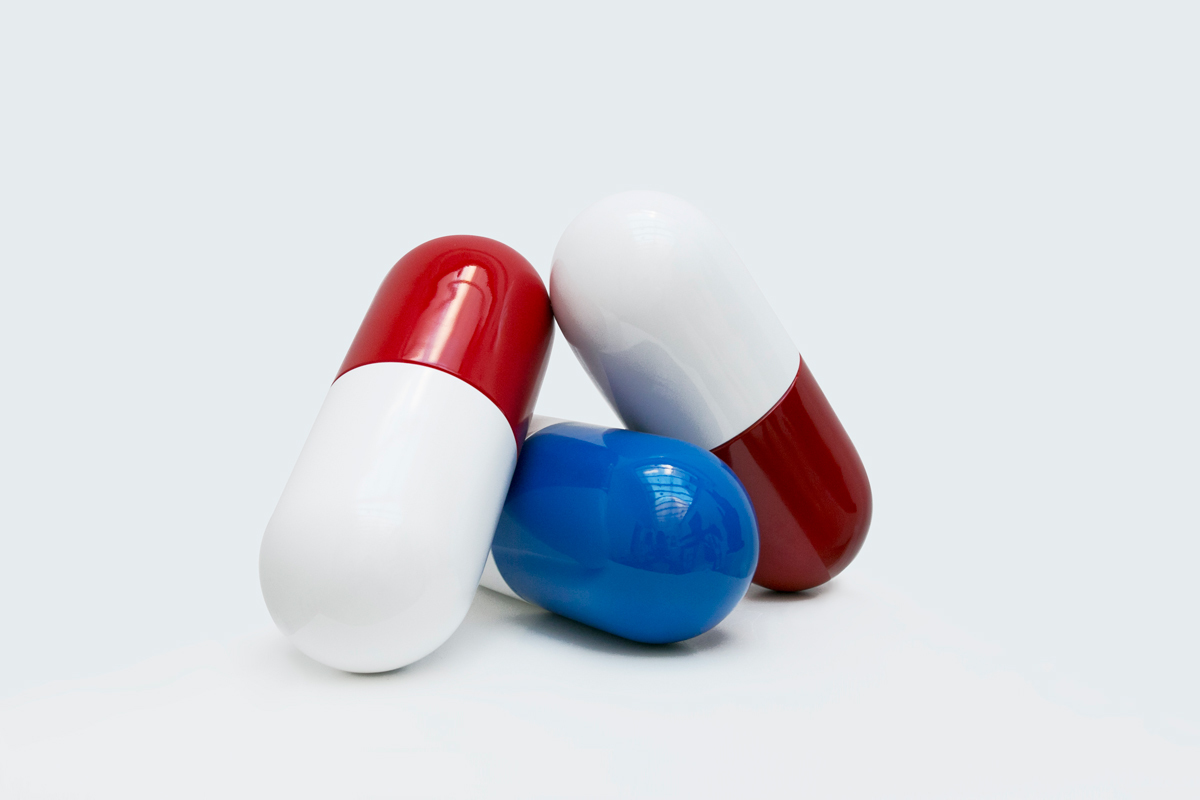


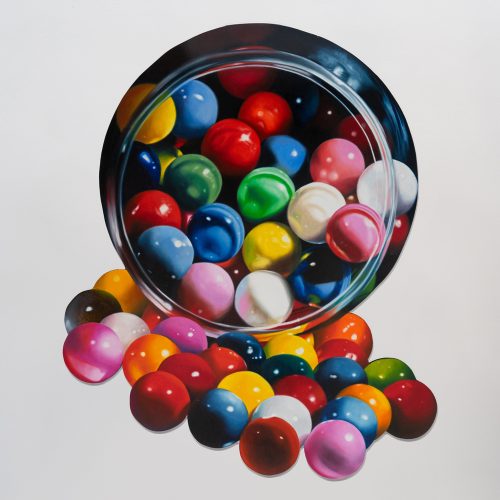 Trinity
Trinity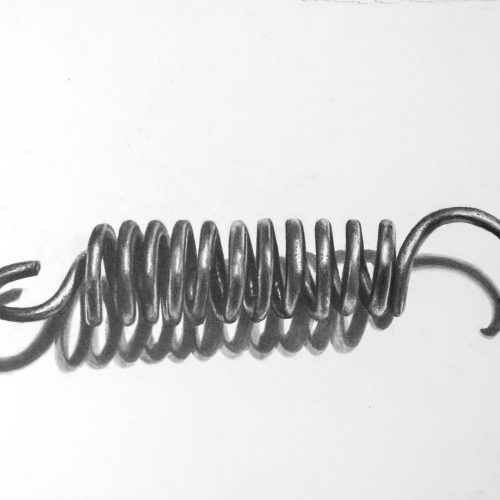 Tension 1
Tension 1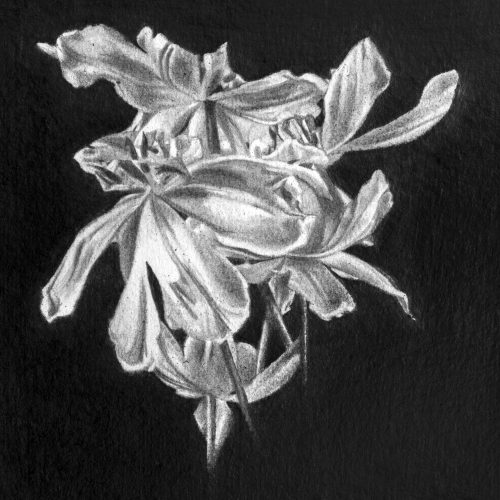 Flore
Flore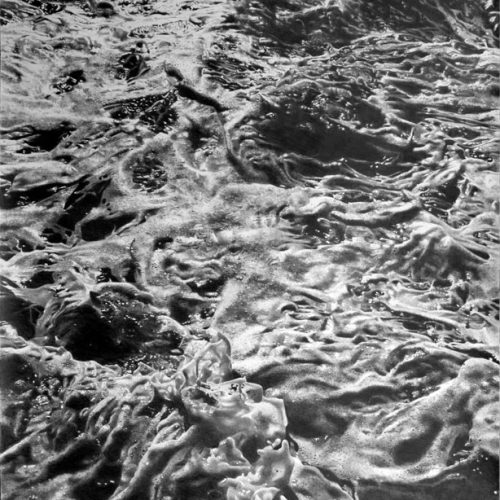 Avant qu’il ne soit trop tard
Avant qu’il ne soit trop tard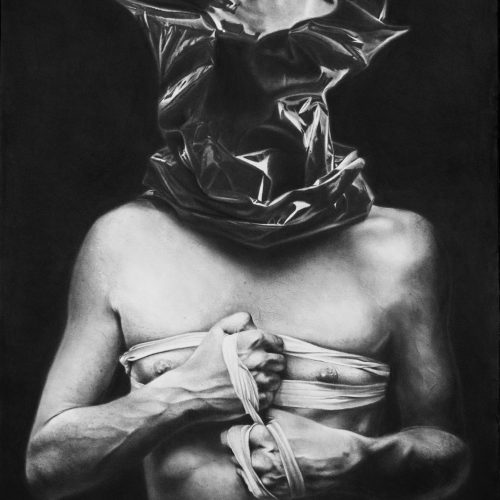 CEREMONY/ SUFFOCATION (BLACK)
CEREMONY/ SUFFOCATION (BLACK)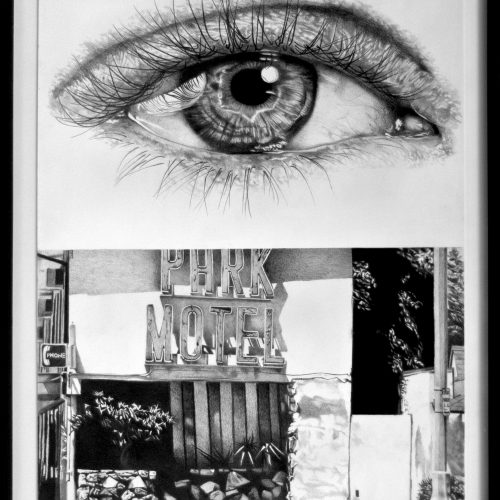 Century City
Century City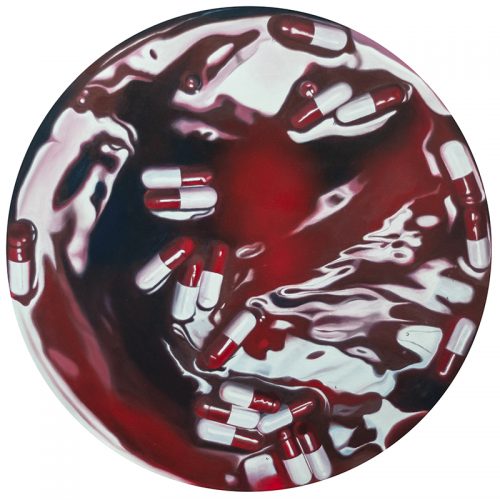 MARS VIOLET VERTIGE (VORTEX 30)
MARS VIOLET VERTIGE (VORTEX 30)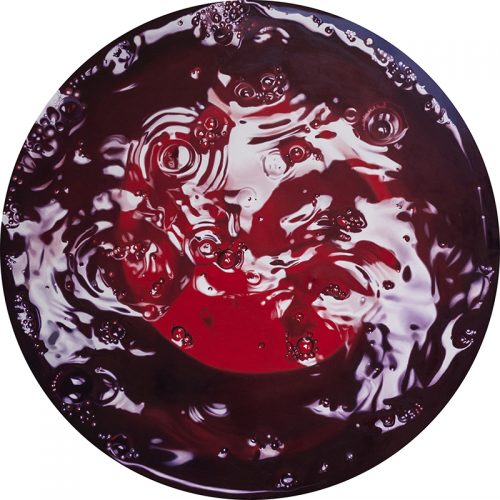 POURPRE VERTIGE (VORTEX 27)
POURPRE VERTIGE (VORTEX 27)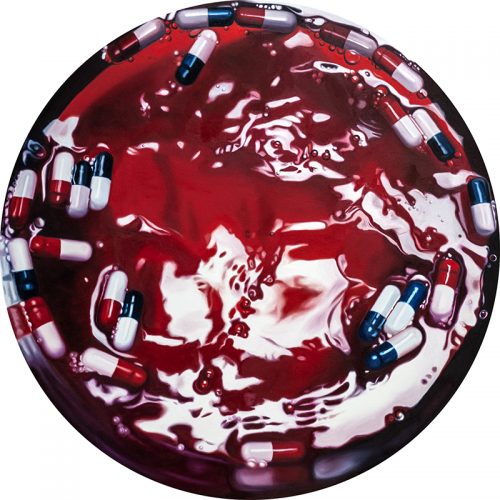 ROUGE ARDENT VERTIGE (Vortex 28)
ROUGE ARDENT VERTIGE (Vortex 28)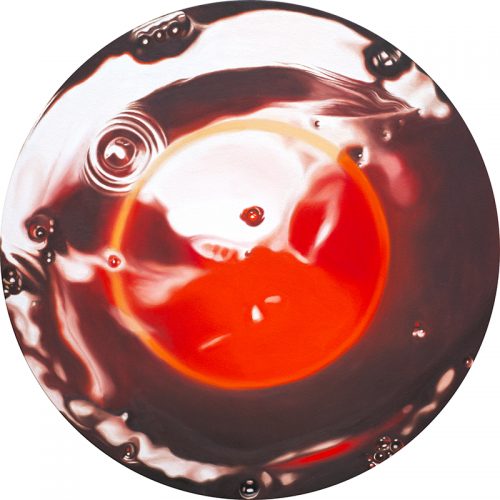 ROUGE ORANGE VERTIGE (Vortex 18)
ROUGE ORANGE VERTIGE (Vortex 18)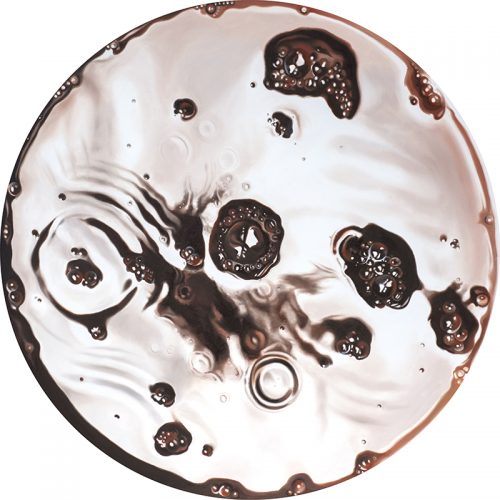 SIENNE VERTIGE (Vortex 22)
SIENNE VERTIGE (Vortex 22)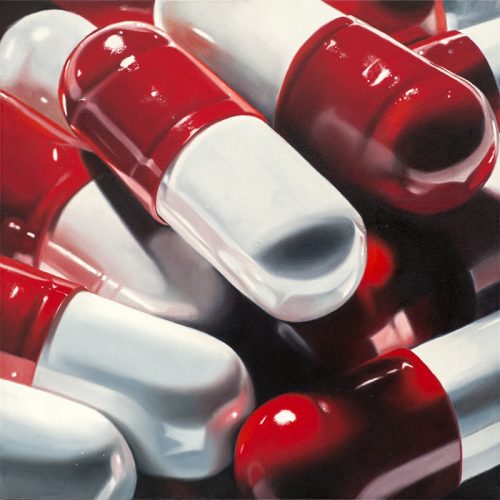 ROUGE, BLANC
ROUGE, BLANC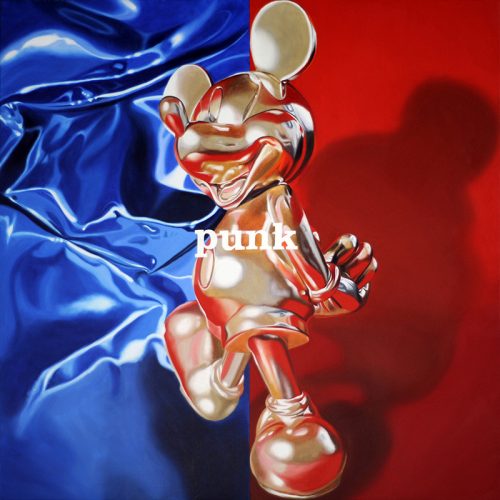 NO FUTURE !
NO FUTURE !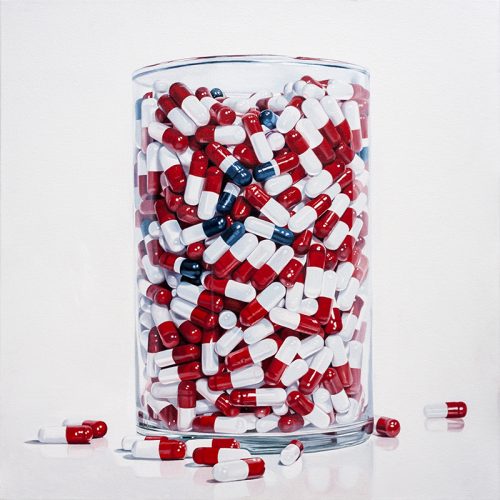 ÉCOUTE LA DOUCE VOIX
ÉCOUTE LA DOUCE VOIX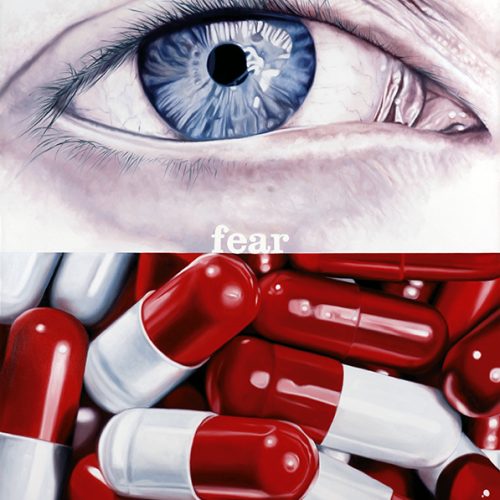 SEE NO EVIL
SEE NO EVIL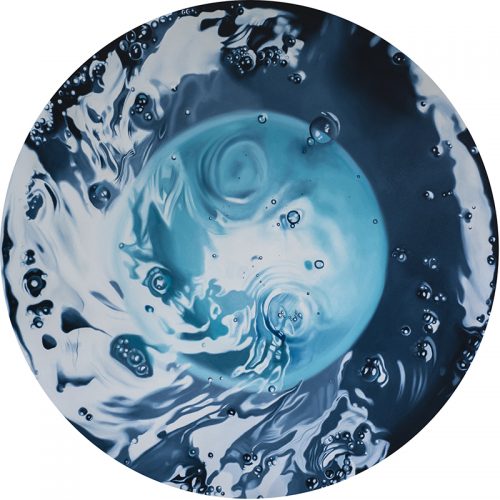 INDIGO TURQUOISE VERTIGE (Vortex 32)
INDIGO TURQUOISE VERTIGE (Vortex 32)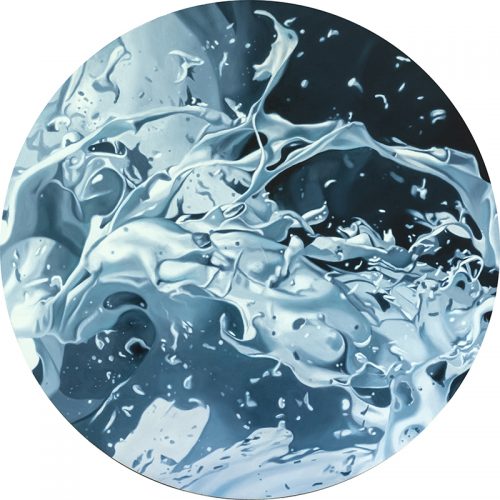 GRIS DE PAYNE (Vortex 24)
GRIS DE PAYNE (Vortex 24)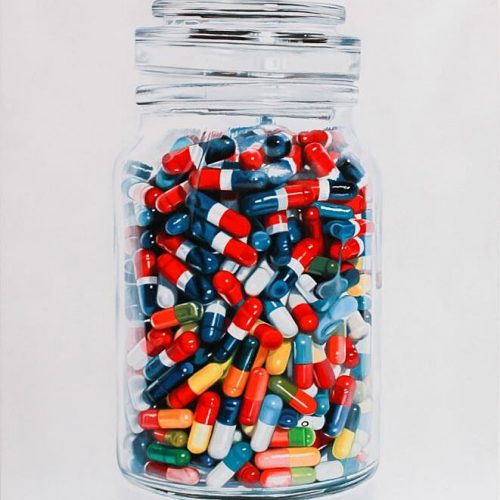 À temps
À temps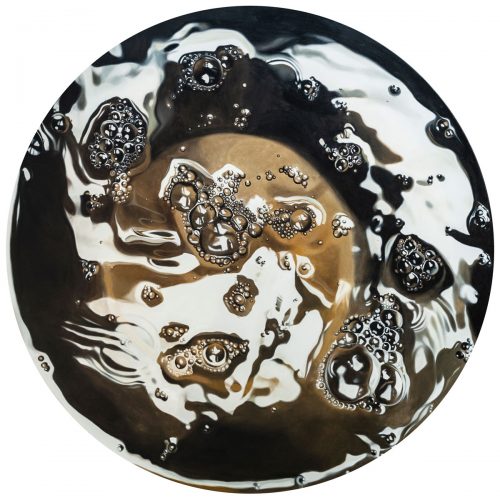 Or vertige
Or vertige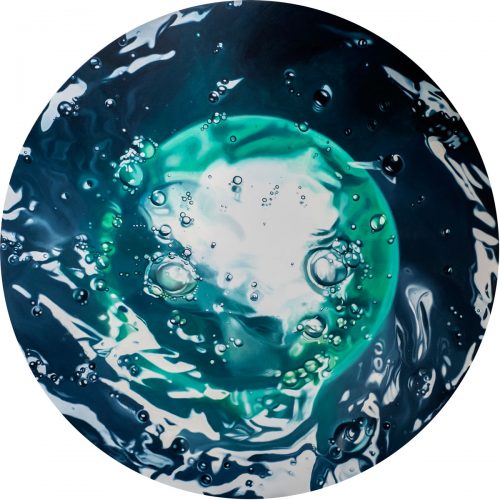 Ceruleum Vert Vertige (Vortex 33)
Ceruleum Vert Vertige (Vortex 33)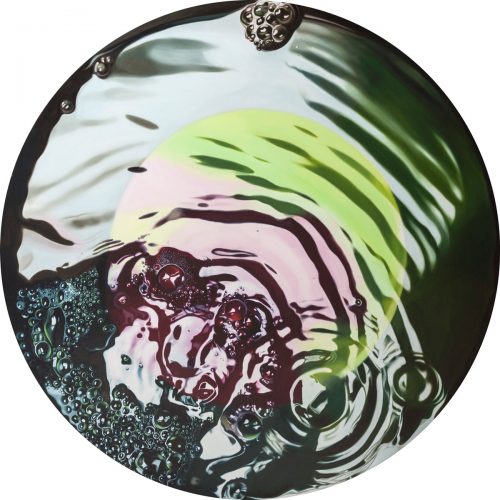 Vert Cobalt Vertige(Vortex 17)
Vert Cobalt Vertige(Vortex 17)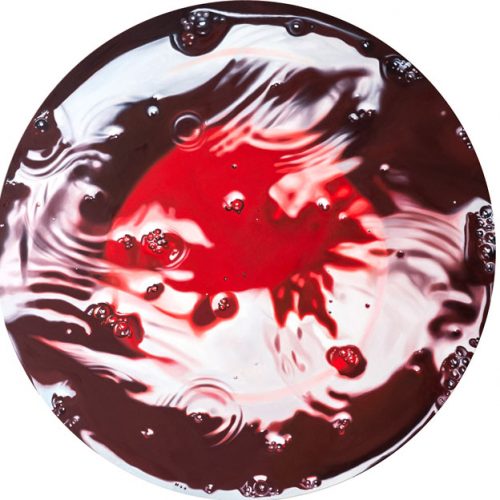 Scheneningen Rouge Vertige (vortex 15)
Scheneningen Rouge Vertige (vortex 15)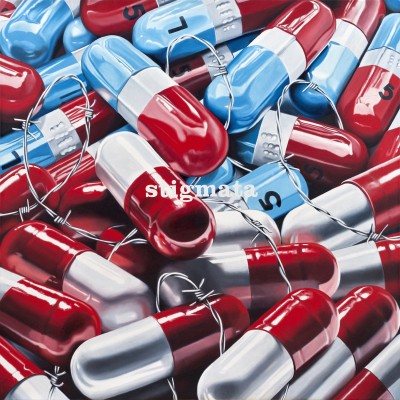 PsychoKiller
PsychoKiller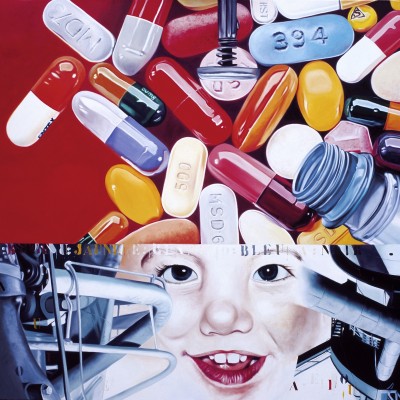 Dream Machine
Dream Machine Consequences
Consequences